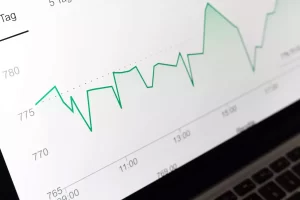Many online business owners, whether they have an online store or just a presentation website, underestimate the security risks associated with their online presence. There is a tendency among them to believe that hackers only exist in movies or are a concern solely for large corporations and government agencies.
However, the reality is that from the moment a website is launched, there is at least a chance that it may have security vulnerabilities. Cyber attackers can take advantage of these vulnerabilities to compromise the website and gain access to sensitive user or business data.
Regardless of the size or nature of the online business, it is crucial to recognize that digital security is a real issue. Security measures may include implementing advanced security solutions, actively monitoring the website to detect potential vulnerabilities, and constantly updating the platform and modules used.
There are various methods through which websites can be exposed to security threats. Before moving forward, it is important to understand some of the most common risks to website security.
Viruses and Malware
If you are not familiar with the term malware, it refers to software with malicious intent. Therefore, the terms “malware” and “viruses” are practically synonymous. Malware can indeed pose the most significant threat to a website, with no less than 230,000 malware variants created every day.
To protect the website, it is important to implement robust cybersecurity measures, such as malware and virus protection solutions. Paying attention to updating and securing the platform and modules used on the site is also essential.
Using monitoring and threat detection tools is recommended to quickly identify and respond to any intrusion attempts or malware infections.
DDoS Attacks
Hackers use spoofed IP addresses to create a traffic overload on servers, resulting in the website becoming unavailable. This tactic, known as a Distributed Denial-of-Service (DDoS) attack, blocks access for legitimate users and can cause significant damage to a website’s functioning.
How to Secure Your Website?
Now that you are familiar with some of the most common security threats, it’s time to take measures to prevent them by following some essential recommendations.
You cannot assume that your website is automatically secure. If you have not taken any action to improve security, there is a high probability that it may be vulnerable to attacks. Here are some steps you should follow to enhance your website’s security:
- Use the HTTPS protocol
- Keep the software up to date
- Choose quality web hosting
- Modify default settings of the used CMS (Content Management System)
- Restrict file uploads
- Perform website backups
Website security should be an absolute priority. Achieving a 100% secure website is challenging because hackers constantly find new ways to attack and steal information. However, you can reduce this risk by implementing the security measures mentioned above. If cybercriminals encounter a website with robust security, they will likely seek other targets that have not implemented the same security measures.
Follow us on social media:
Instagram: https://www.instagram.com/securemenow/
Facebook: https://www.facebook.com/securmenow
We provide cybersecurity services. Contact us







